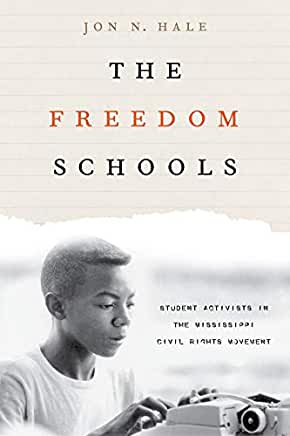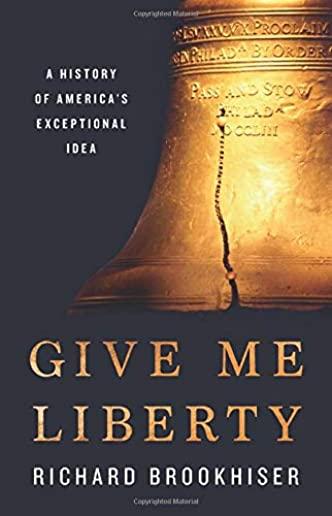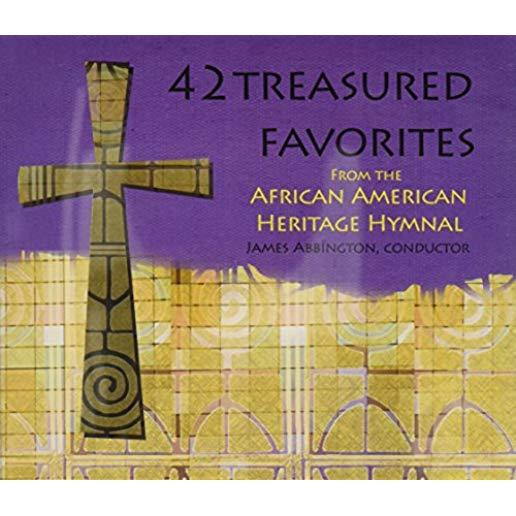
description
9
In this study, T. Gregory Garvey illustrates how activists and reformers claimed the instruments of mass media to create a freestanding culture of reform that enabled voices disfranchised by church or state to speak as equals in public debates over the nation's values. Competition among antebellum reformers in religion, women's rights, and antislavery institutionalized a structure of ideological debate that continues to define popular reform movements.
The foundations of the culture of reform lie, according to Garvey, in the reconstruction of publicity that coincided with the religious-sectarian struggles of the early nineteenth century. To counter challenges to their authority and to retain church members, both conservative and liberal religious factions developed instruments of reform propaganda (newspapers, conventions, circuit riders, revivals) that were adapted by an emerging class of professional secular reformers in the women's rights and antislavery movements. Garvey argues that debate among the reformers created a mode of "critical conversation" through which reformers of all ideological persuasions collectively forged new conventions of public discourse as they struggled to shape public opinion. Focusing on debates between Lyman Beecher and William Ellery Channing over religious doctrine, Angelina Grimke and Catharine Beecher over women's participation in antislavery, and William Lloyd Garrison and Frederick Douglass over the ethics of political participation, Garvey argues that "crucible-like sites of public debate" emerged as the core of the culture of reform. To emphasize the redefinition of publicity provoked by antebellum reform movements, Garvey concludes the book with a chapter that presents Emersonian self-reliance as an effort to transform the partisan nature of reform discourse into a model of sincere public speech that affirms both self and community.member goods
No member items were found under this heading.
Return Policy
All sales are final
Shipping
No special shipping considerations available.
Shipping fees determined at checkout.







